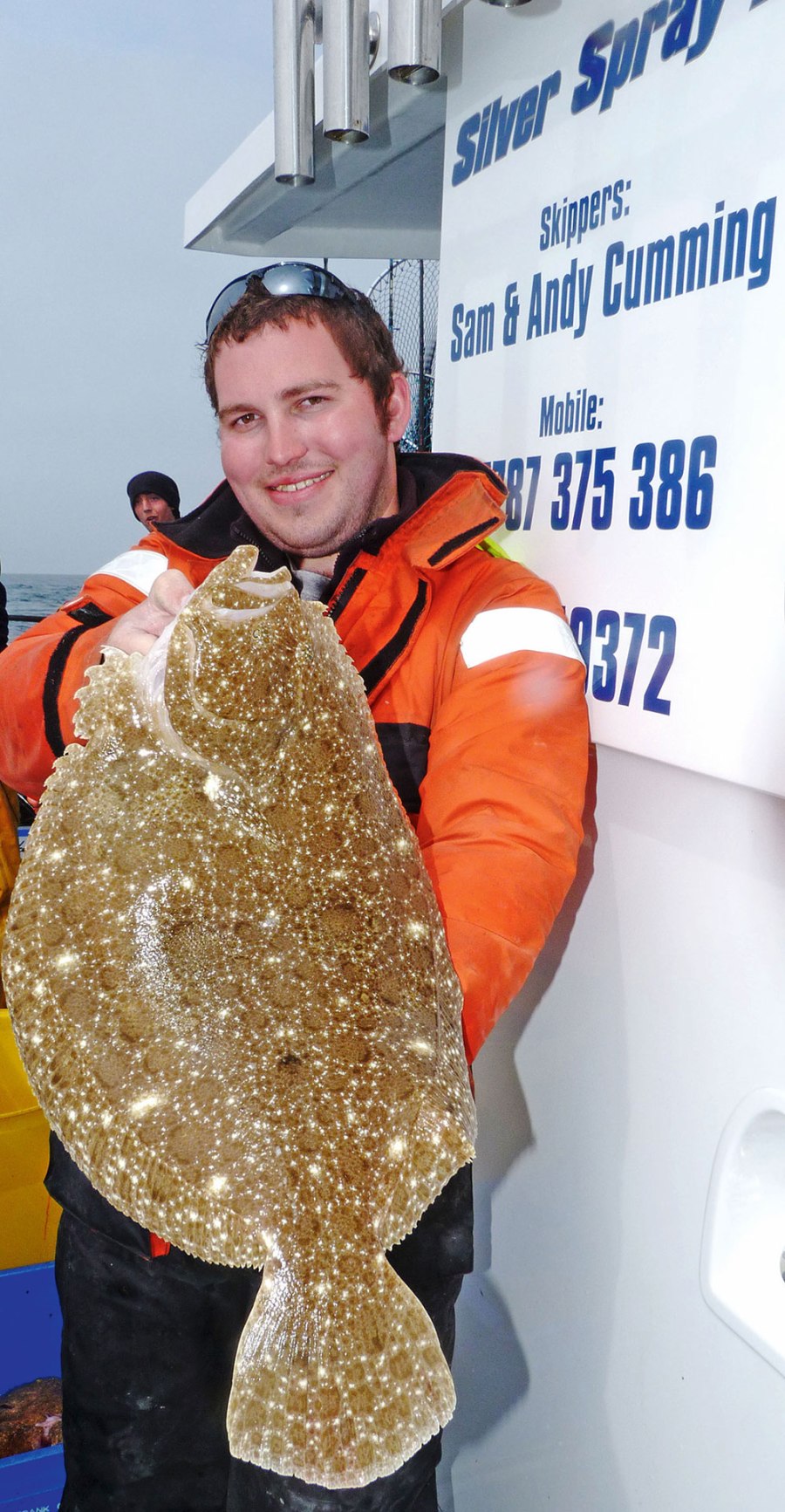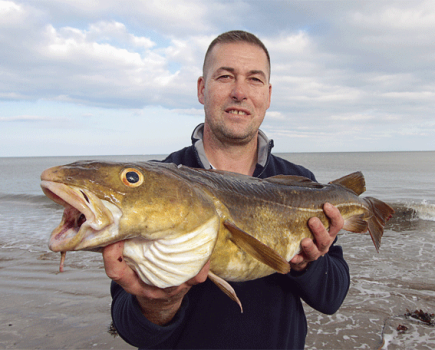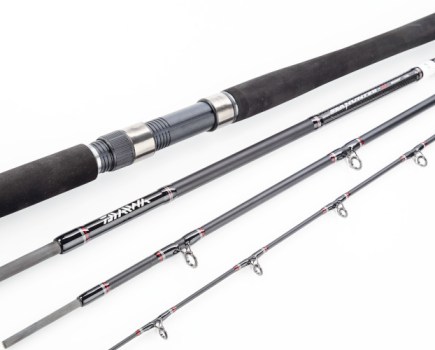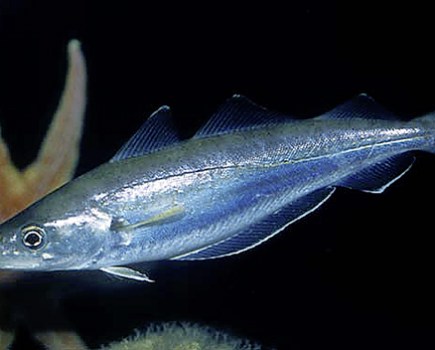The brill is a large flatfish that has a very broad body and wide fins – it resembles a large dinner plate.
Brill can be found all around Britain and Ireland but they are certainly the most common in the southerly areas. Given a choice they prefer sandy bottoms, but brill can be found over mud and gravel.
Younger brill live happily in shallow water, therefore they can often be found in rockpools, while larger, older brill thrive best in deeper water of between 10m and 70m.
Brill can survive in brackish water, therefore they will feed in estuaries.
IDENTIFICATION
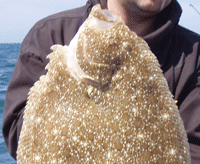
The eyes are positioned on the left side of the body (as you look head on at the fish). Also the leading edge of the dorsal fin is very untidy compared to that around the back and towards the tail.
Its lateral line curves dramatically around the gills and although the colour of this fish is naturally brown with numerous blotches and speckles, it can alter its colour to suit the sea bed.
FEEDING
Brill feed upon small fish mostly, like gobies, sand eels and whiting, but they will also eat large crustaceans and a lot of squid.
Best baits to catch brill are strips of squid, crab or worms.
BREEDING
Brill spawn in spring and summer in shallow water of between 10 and 20m. The eggs float within plankton until they hatch and reach a length of around 35mm. At this length the fish will have altered into the flat adult shape and move to settle on the bottom, lying on their right side.
These young brill remain in the shallower water for around a year before moving into more productive feeding ground offering larger food items.

